Back to Courses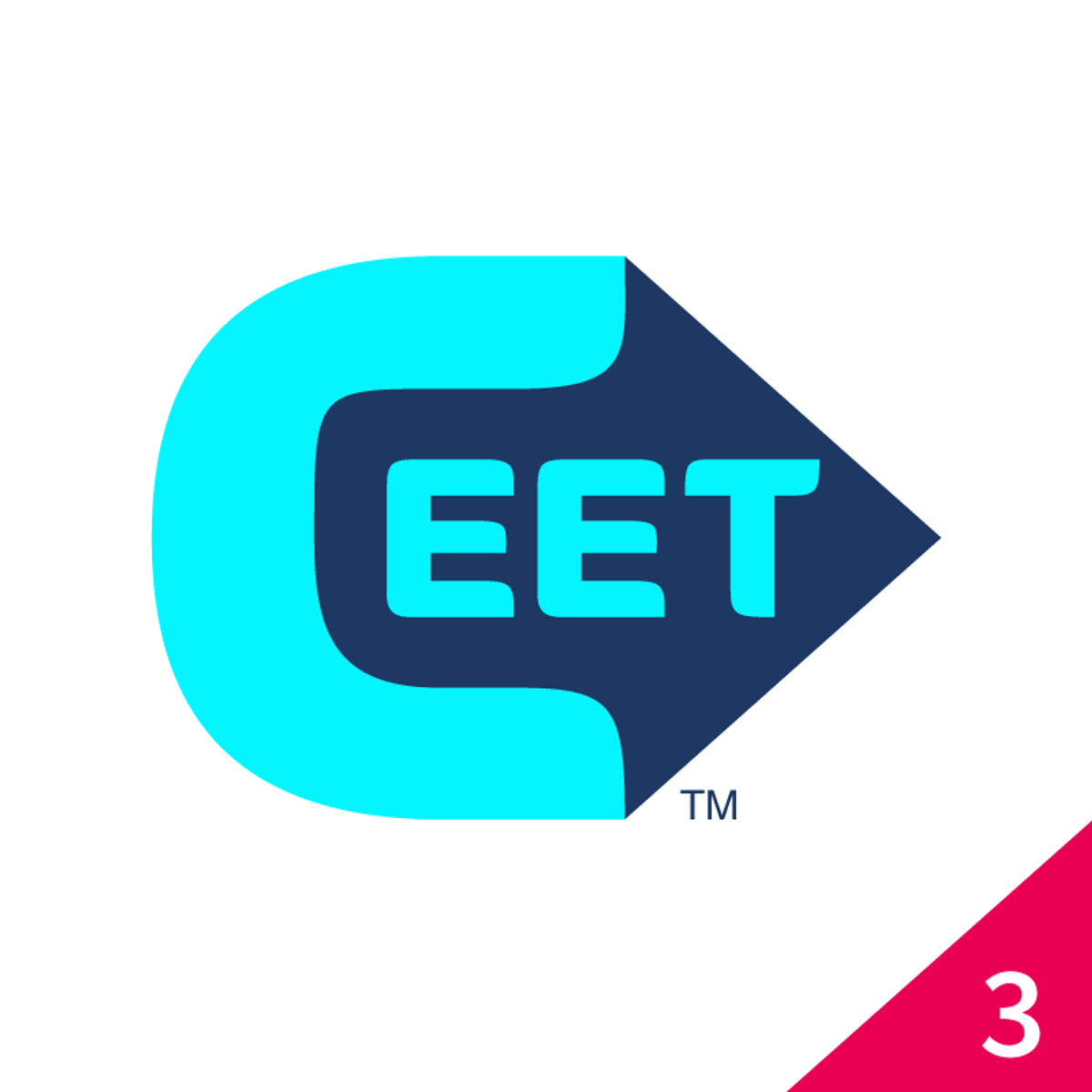
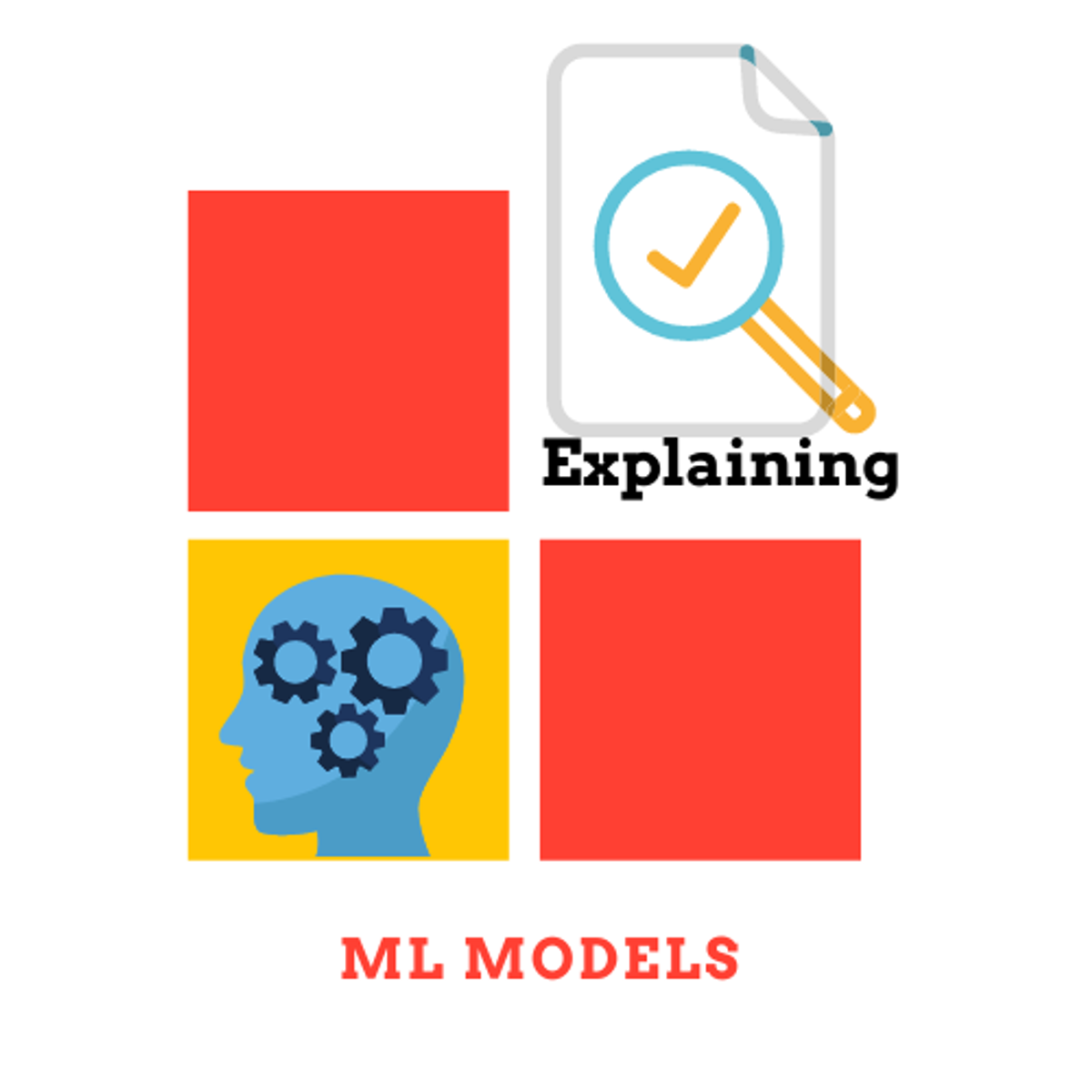

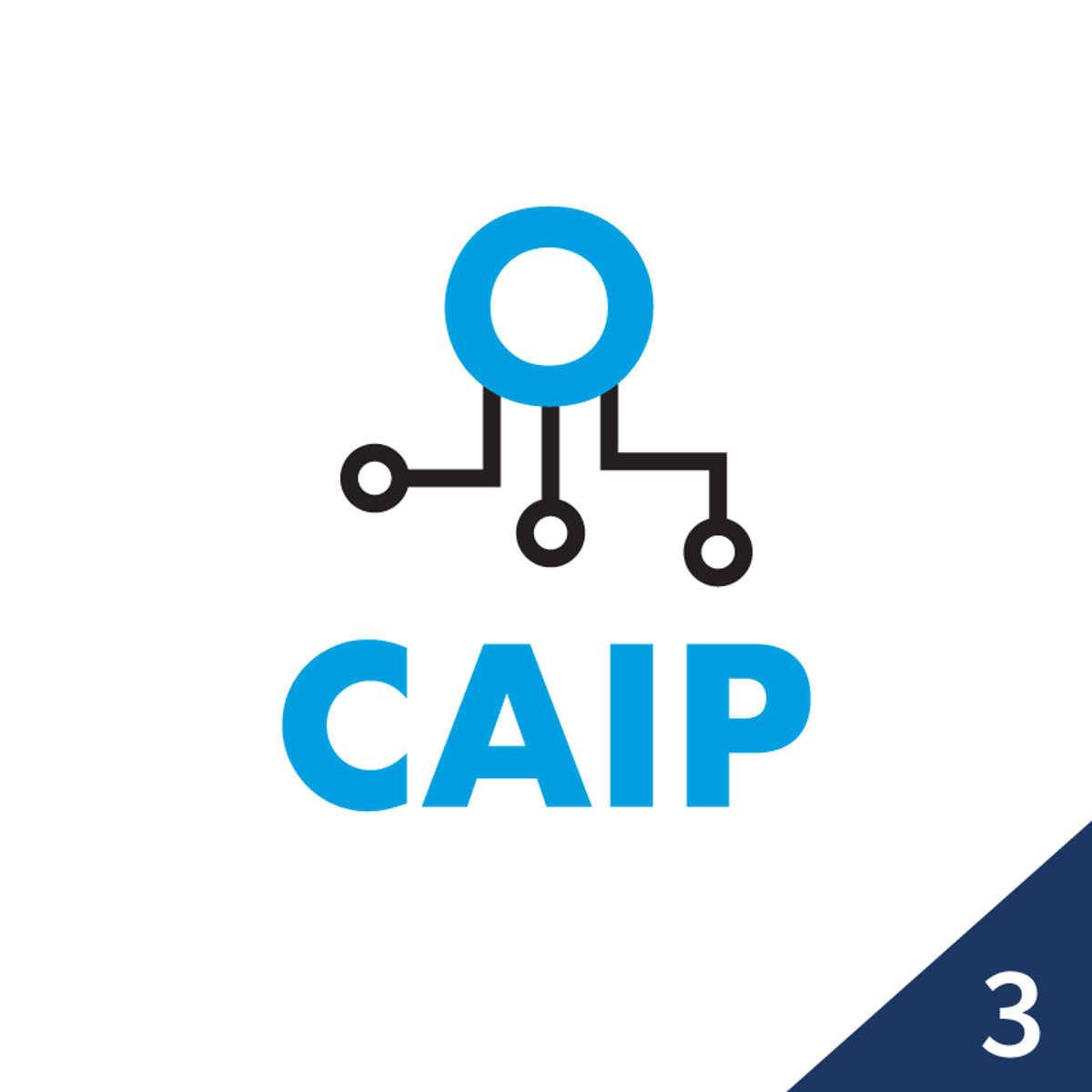

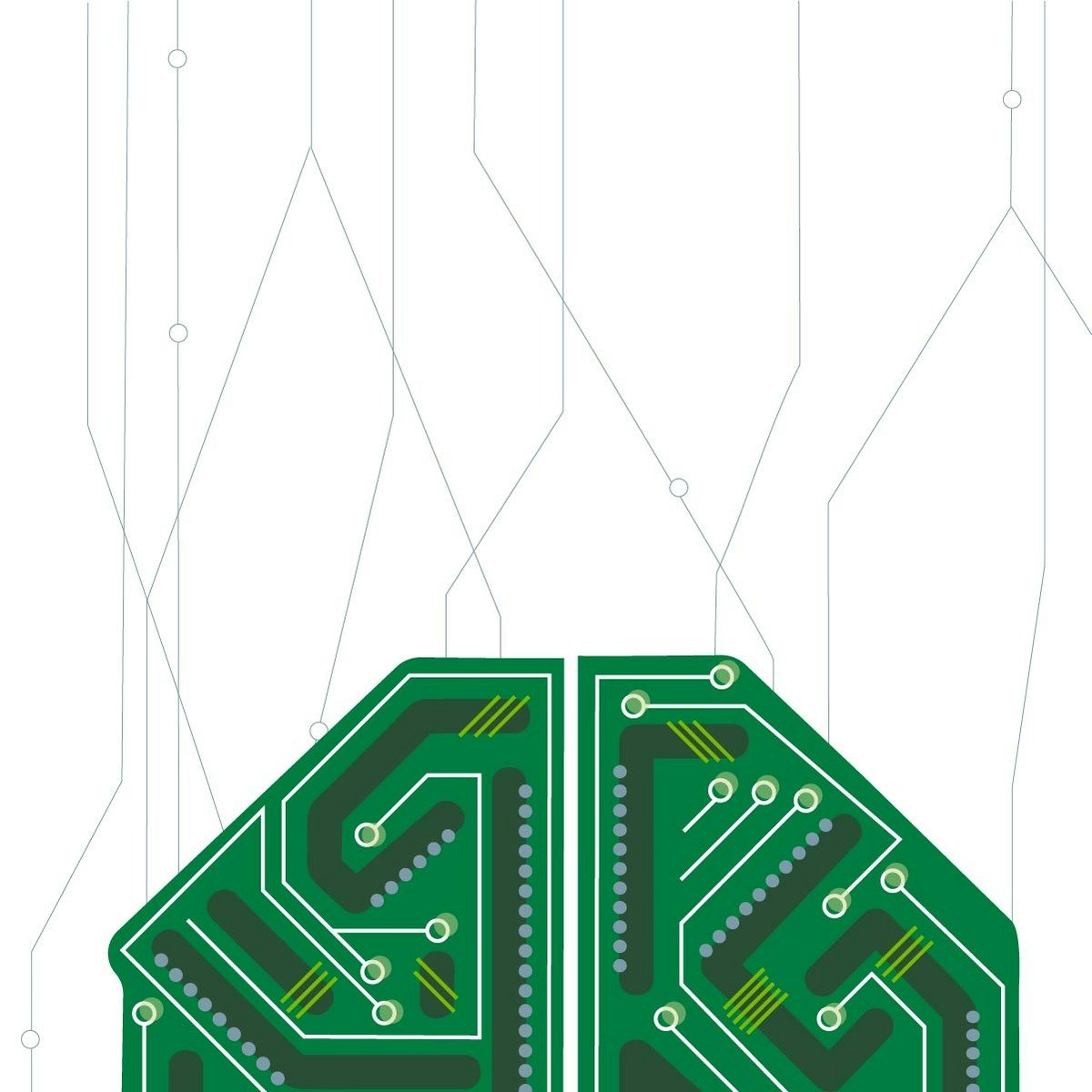
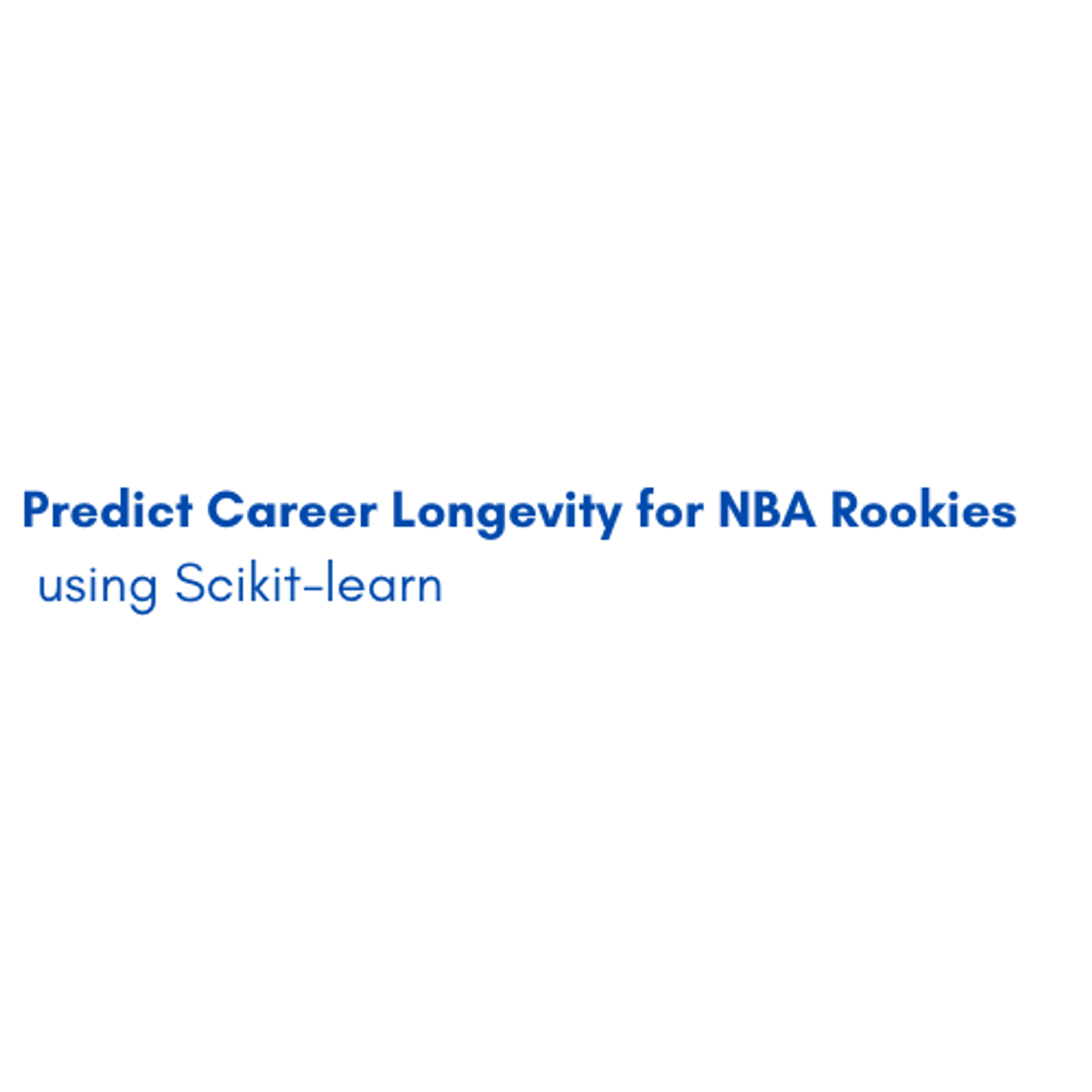
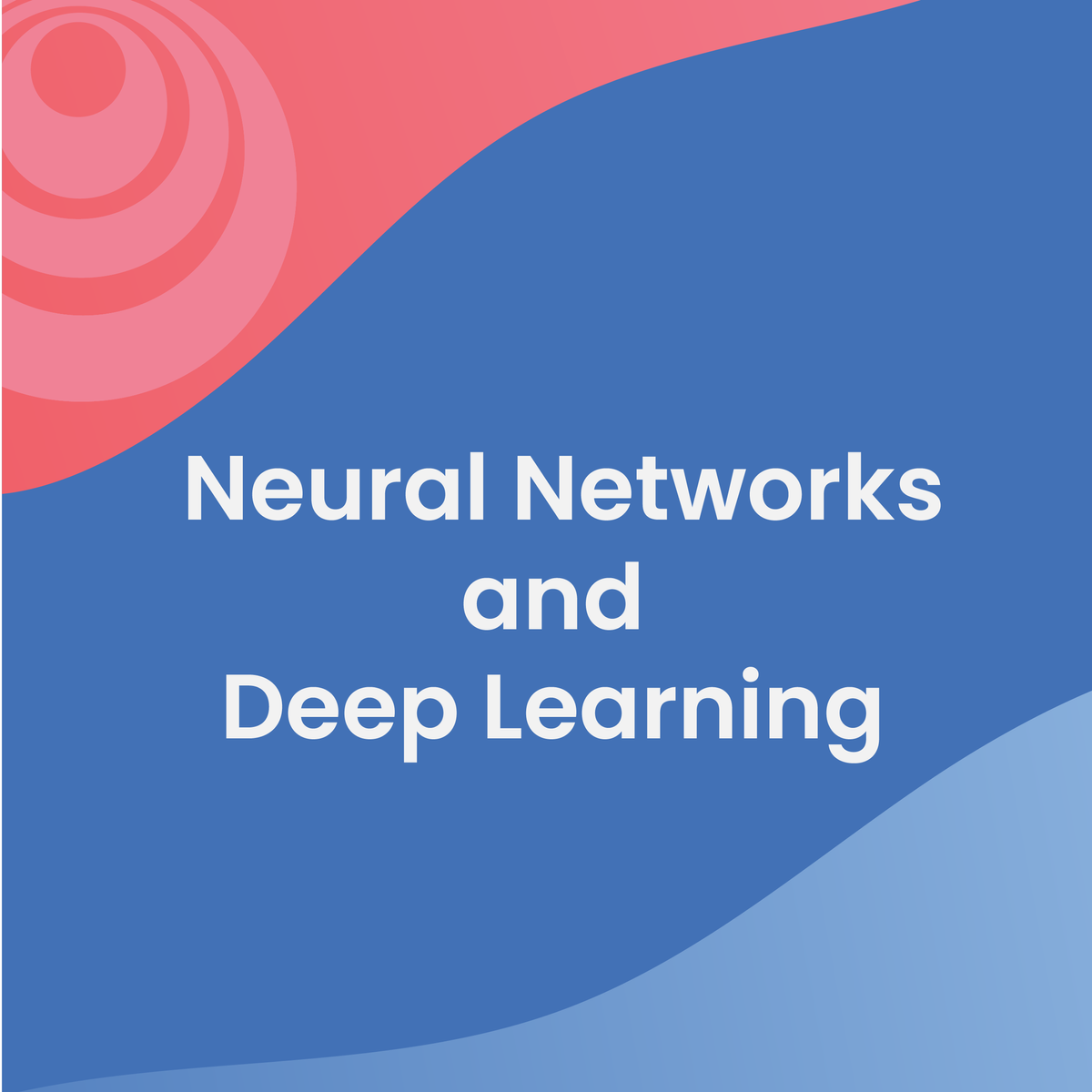
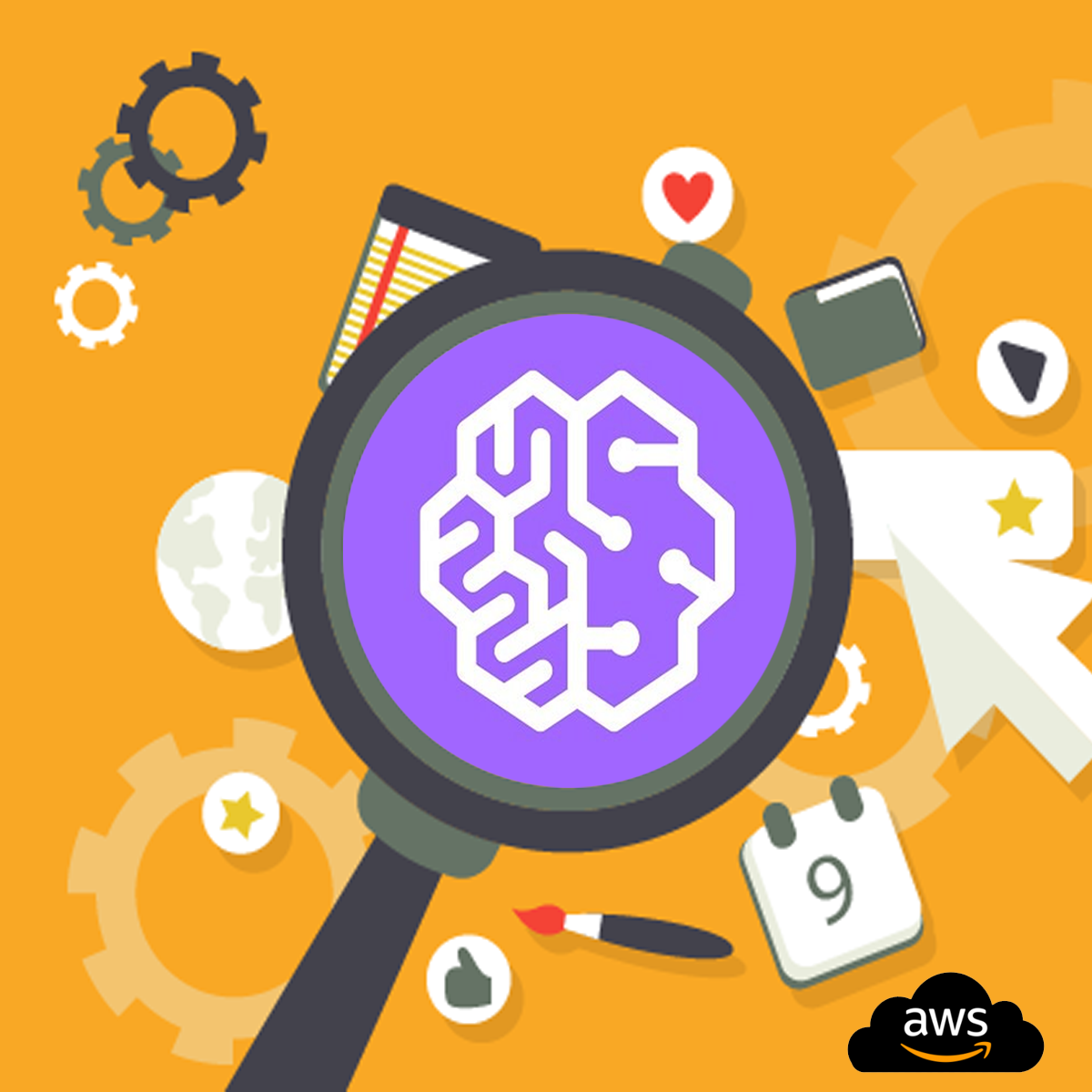
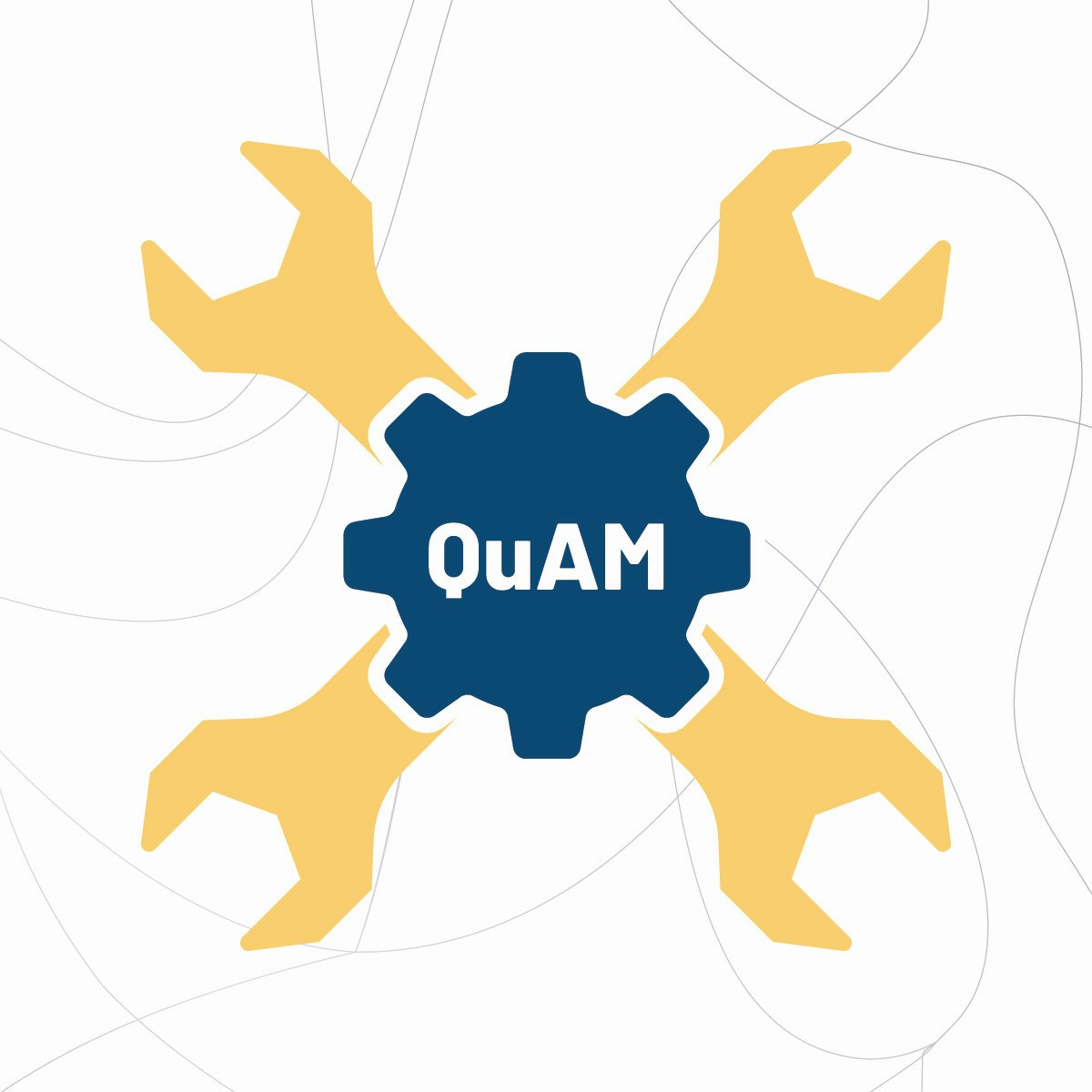
Machine Learning Courses - Page 32
Showing results 311-320 of 485
Detect and Mitigate Ethical Risks
Data-driven technologies like AI, when designed with ethics in mind, benefit both the business and society at large. But it’s not enough to say you will “be ethical” and expect it to happen. We need tools and techniques to help us assess gaps in our ethical behaviors and to identify and stop threats to our ethical goals. We also need to know where and how to improve our ethical processes across development lifecycles. What we need is a way to manage ethical risk. This third course in the Certified Ethical Emerging Technologist (CEET) professional certificate is designed for learners seeking to detect and mitigate ethical risks in the design, development, and deployment of data-driven technologies. Students will learn the fundamentals of ethical risk analysis, sources of risk, and how to manage different types of risk. Throughout the course, learners will learn strategies for identifying and mitigating risks.
This course is the third of five courses within the Certified Ethical Emerging Technologist (CEET) professional certificate. The preceding courses are titled Promote the Ethical Use of Data-Driven Technologies and Turn Ethical Frameworks into Actionable Steps.

Explaining machine learning models
In this 2-hour long project-based course, you will learn how to understand the predictions of your model, feature relations, visualize and interpret feature & model relation with statistics and much more.

Social Media Data Analytics
Learner Outcomes: After taking this course, you will be able to:
- Utilize various Application Programming Interface (API) services to collect data from different social media sources such as YouTube, Twitter, and Flickr.
- Process the collected data - primarily structured - using methods involving correlation, regression, and classification to derive insights about the sources and people who generated that data.
- Analyze unstructured data - primarily textual comments - for sentiments expressed in them.
- Use different tools for collecting, analyzing, and exploring social media data for research and development purposes.
Sample Learner Story: Data analyst wanting to leverage social media data.
Isabella is a Data Analyst working as a consultant for a multinational corporation. She has experience working with Web analysis tools as well as marketing data. She wants to now expand into social media arena, trying to leverage the vast amounts of data available through various social media channels. Specifically, she wants to see how their clients, partners, and competitors view their products/services and talk about them. She hopes to build a new workflow of data analytics that incorporates traditional data processing using Web and marketing tools, as well as newer methods of using social media data.
Sample Job Roles requiring these skills:
- Social Media Analyst
- Web Analyst
- Data Analyst
- Marketing and Public Relations
Final Project Deliverable/ Artifact: The course will have a series of small assignments or mini-projects that involve data collection, analysis, and presentation involving various social media sources using the techniques learned in the class.
The course was developed by Dr. Chirag Shah while he was a faculty member at Rutgers University. He is currently a faculty member at University of Washington.
Build Regression, Classification, and Clustering Models
In most cases, the ultimate goal of a machine learning project is to produce a model. Models make decisions, predictions—anything that can help the business understand itself, its customers, and its environment better than a human could. Models are constructed using algorithms, and in the world of machine learning, there are many different algorithms to choose from. You need to know how to select the best algorithm for a given job, and how to use that algorithm to produce a working model that provides value to the business.
This third course within the Certified Artificial Intelligence Practitioner (CAIP) professional certificate introduces you to some of the major machine learning algorithms that are used to solve the two most common supervised problems: regression and classification, and one of the most common unsupervised problems: clustering. You'll build multiple models to address each of these problems using the machine learning workflow you learned about in the previous course.
Ultimately, this course begins a technical exploration of the various machine learning algorithms and how they can be used to build problem-solving models.

Introduction to Computer Vision and Image Processing
Computer Vision is one of the most exciting fields in Machine Learning and AI. It has applications in many industries, such as self-driving cars, robotics, augmented reality, and much more. In this beginner-friendly course, you will understand computer vision and learn about its various applications across many industries.
As part of this course, you will utilize Python, Pillow, and OpenCV for basic image processing and perform image classification and object detection.
This is a hands-on course and involves several labs and exercises. Labs will combine Jupyter Labs and Computer Vision Learning Studio (CV Studio), a free learning tool for computer vision. CV Studio allows you to upload, train, and test your own custom image classifier and detection models. At the end of the course, you will create your own computer vision web app and deploy it to the Cloud.
This course does not require any prior Machine Learning or Computer Vision experience. However, some knowledge of the Python programming language and high school math is necessary.

Sample-based Learning Methods
In this course, you will learn about several algorithms that can learn near optimal policies based on trial and error interaction with the environment---learning from the agent’s own experience. Learning from actual experience is striking because it requires no prior knowledge of the environment’s dynamics, yet can still attain optimal behavior. We will cover intuitively simple but powerful Monte Carlo methods, and temporal difference learning methods including Q-learning. We will wrap up this course investigating how we can get the best of both worlds: algorithms that can combine model-based planning (similar to dynamic programming) and temporal difference updates to radically accelerate learning.
By the end of this course you will be able to:
- Understand Temporal-Difference learning and Monte Carlo as two strategies for estimating value functions from sampled experience
- Understand the importance of exploration, when using sampled experience rather than dynamic programming sweeps within a model
- Understand the connections between Monte Carlo and Dynamic Programming and TD.
- Implement and apply the TD algorithm, for estimating value functions
- Implement and apply Expected Sarsa and Q-learning (two TD methods for control)
- Understand the difference between on-policy and off-policy control
- Understand planning with simulated experience (as opposed to classic planning strategies)
- Implement a model-based approach to RL, called Dyna, which uses simulated experience
- Conduct an empirical study to see the improvements in sample efficiency when using Dyna

Predict Career Longevity for NBA Rookies using Scikit-learn
By the end of this project, you will be able to apply data analysis to predict career longevity for NBA Rookie using python. Determining whether a player’s career will flourish or not became a science based on the player’s stats. Throughout the project, you will be able to analyze players’ stats and build your own binary classification model using Scikit-learn to predict if the NBA rookie will last for 5 years in the league if provided with some stats such as Games played, assists, steals and turnovers …. etc.
Note: This course works best for learners who are based in the North America region. We’re currently working on providing the same experience in other regions.

Neural Networks and Deep Learning
In the first course of the Deep Learning Specialization, you will study the foundational concept of neural networks and deep learning.
By the end, you will be familiar with the significant technological trends driving the rise of deep learning; build, train, and apply fully connected deep neural networks; implement efficient (vectorized) neural networks; identify key parameters in a neural network’s architecture; and apply deep learning to your own applications.
The Deep Learning Specialization is our foundational program that will help you understand the capabilities, challenges, and consequences of deep learning and prepare you to participate in the development of leading-edge AI technology. It provides a pathway for you to gain the knowledge and skills to apply machine learning to your work, level up your technical career, and take the definitive step in the world of AI.

Explore insights from text analysis using Amazon Comprehend
In this one-hour project, you will understand how Amazon Comprehend works and how you can use the power of Natual Language Processing, NLP, and Machine Learning to extract information and explore insights from text. You will learn how to use Amazon Comprehend to extract entities, people, sentiments, and other elements from text like Tweets, understand how the results are organized, manipulate the data and generate a report to explore the insights.
Amazon Comprehend is a fully managed service and it is one of the most powerful Natural Language Processing engines in the market, so you can get up and running quickly, without having to train models from scratch.
Once you're done with this project, you will be able to use Amazon Comprehend to extract, analyze and explore insights in your documents in just a few steps.

Data for Machine Learning
This course is all about data and how it is critical to the success of your applied machine learning model. Completing this course will give learners the skills to:
Understand the critical elements of data in the learning, training and operation phases
Understand biases and sources of data
Implement techniques to improve the generality of your model
Explain the consequences of overfitting and identify mitigation measures
Implement appropriate test and validation measures.
Demonstrate how the accuracy of your model can be improved with thoughtful feature engineering.
Explore the impact of the algorithm parameters on model strength
To be successful in this course, you should have at least beginner-level background in Python programming (e.g., be able to read and code trace existing code, be comfortable with conditionals, loops, variables, lists, dictionaries and arrays). You should have a basic understanding of linear algebra (vector notation) and statistics (probability distributions and mean/median/mode).
This is the third course of the Applied Machine Learning Specialization brought to you by Coursera and the Alberta Machine Intelligence Institute.
Popular Internships and Jobs by Categories
Find Jobs & Internships
Browse
© 2024 BoostGrad | All rights reserved